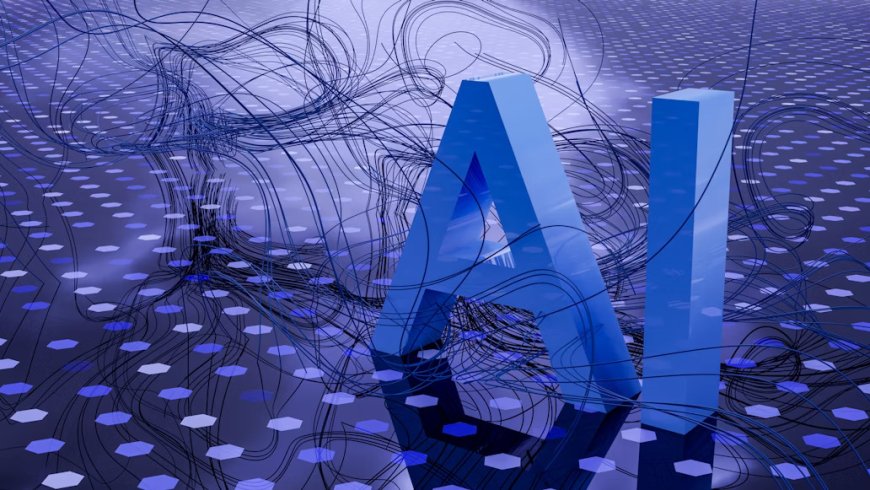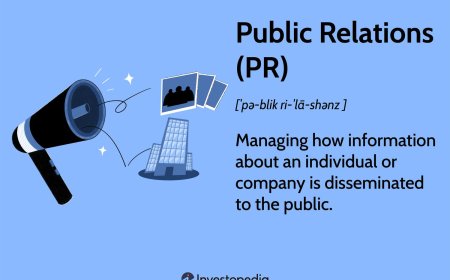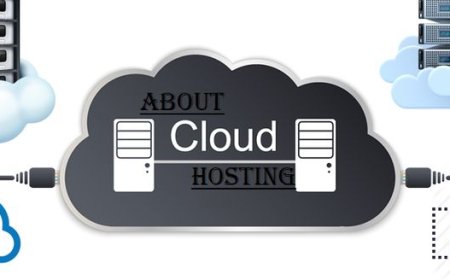The Rise of Silent Resignation: Can AI Predict It Early?

A recent study by SHRM found that nearly six in ten employees today fall into the “not engaged” category of those who show up to work but mentally check out. This silent crisis, known as silent resignation, doesn’t begin with formal notice. It starts quietly, often weeks or months before any manager notices a dip in performance. And by then, the damage was already done.
So how can companies catch this shift early, before productivity drops or top performers walk out?
AI-powered workforce analytics may hold the answer.
Rather than relying on gut instinct or late-stage warning signs, advanced tools are now helping HR and team leaders detect early patterns of disengagement. This blog explores the root causes behind silent resignation and how AI quiet quitting detection can predict it early—long before it reaches a breaking point.
Understanding Silent Resignation: It’s Not Always Loud or Obvious
Silent resignation refers to a phase where employees mentally withdraw from their roles without formally quitting. It’s not about laziness or rebellion. It’s a slow erosion of motivation, often driven by unmet expectations, lack of recognition, or internal conflict.
Unlike traditional turnover, silent resignation doesn’t leave a clear trail. Employees may still log in, attend meetings, and meet deadlines. But they no longer bring ideas, take ownership, or go beyond the minimum.
Over time, this emotional withdrawal costs companies in lost innovation, slower team performance, and rising attrition rates.
5 Root Causes of Silent Resignation and Why They Often Go Unnoticed
1. Lack of Recognition and Meaningful Feedback
When hard work goes unnoticed or is reduced to generic praise, employees begin to question the value of their work. Over time, this leads to emotional detachment.
Why it’s missing: Managers may assume no complaints mean satisfaction. But silence often hides frustration.
2. Mismatch Between Role and Skillset
Employees want to use their strengths. If they’re repeatedly assigned tasks that don’t align with their capabilities or interests, engagement fades.
Why it’s missed: Performance metrics might still appear average, masking the growing sense of misalignment and dissatisfaction.
3. Micromanagement and Lack of Autonomy
When every task is scrutinized or decisions are second-guessed, employees feel a loss of control. This diminishes motivation and creativity.
Why it’s missed: Micromanagement is often seen as oversight, but it can unintentionally suppress trust and ownership.
4. Limited Career Progression
When employees see no clear path for growth or upskilling, they begin to disengage quietly rather than voice disappointment.
Why it’s missed: Without structured career conversations, stagnation can be internalized instead of expressed.
5. Burnout from Unmanaged Workloads
Chronic overwork, especially in hybrid settings, leads to emotional exhaustion. This causes once-engaged employees to slowly shut down.
Why it’s missed: Employees may not vocalize stress out of fear or habit—until they silently resign.
How AI Can Predict Silent Resignation Before It’s Too Late
Modern employee monitoring tools, when used ethically, can spot early behavioral trends that indicate emotional withdrawal. These insights go far beyond surface-level performance reviews or gut instinct.
Here’s how AI-powered analytics can help decode disengagement in real time.
1. AI Monitors Drop in Collaboration Patterns
AI systems can track communication frequency across tools like Slack, Teams, or Zoom. A significant dip in peer collaboration, message response time, or meeting participation may signal withdrawal.
What AI sees: A once-active team member who gradually stops contributing to group chats or brainstorming calls.
Predictive value: These early drops in collaboration patterns often precede formal disengagement.
2. AI Detects Fluctuations in Focus Time and App Usage
AI can analyze app usage trends, focus sessions, and idle time. A rising pattern of distraction, longer inactivity, or excessive multitasking often signals a loss of motivation.
What AI sees: Increased time spent on non-work-related websites or toggling between apps with no clear output.
Predictive value: This digital behavior reveals cognitive fatigue and declining interest in work tasks.
3. AI Tracks Decline in Task Ownership and Deadlines
AI tools can measure consistency in task delivery, time tracking, and completion rates. A sudden dip in ownership despite the absence of reported issues is a red flag.
What AI sees: Employees missing micro-deadlines, submitting minimal work, or avoiding new projects.
Predictive value: These indicators often mark the beginning of silent resignation.
4. AI Analyzes Sentiment in Written Communication
Advanced AI tools use Natural Language Processing (NLP) to evaluate the emotional tone of written communication, emails, feedback, or support messages.
What AI sees: A shift from enthusiastic language to neutral or detached phrasing across work messages.
Predictive value: Sentiment changes often reveal unspoken discontent or fading emotional engagement.
5. AI Observes Engagement with Internal Initiatives
AI systems track participation in optional initiatives, like learning modules, surveys, or engagement activities. A drop in voluntary participation is a strong disengagement signal.
What AI sees: Employees opting out of feedback forms, skill-building sessions, or team check-in.
Predictive value: These signs point to a declining emotional connection to the company’s culture and values.
Why Human-Led Interpretation Still Matters
AI does the heavy lifting in flagging early patterns. But prediction must always be followed by empathetic human engagement. Managers need to interpret AI insights as conversation starters, not final judgments.
For example, a dip in productivity might stem from a temporary personal issue, not disengagement. Context is key.
That’s why ethical implementation of AI tools must include clear data privacy norms, consent-based tracking, and training for people managers to act on insights with empathy, not surveillance.
Making It Work: Practical Tips for HR Teams and Leaders
Predicting silent resignation is not just about the tool; it’s about how you respond to what it reveals. Here are five actionable ways to use AI insights responsibly.
1. Build an Early Intervention Playbook
Define what specific patterns trigger check-ins, not warnings. Equip managers with scripts and support tools for constructive conversations.
2. Prioritize Opt-In Transparency
Let employees know what behavioral data is monitored, how it helps their career development, and how insights are used. Transparency builds trust, not resistance.
3. Pair AI Alerts with Regular Manager 1:1s
AI can surface signals, but a biweekly or monthly 1:1 can validate context. Use AI as a supplement, not a replacement, for relationship building.
4. Integrate AI Insights into Employee Development Plans
When disengagement signals appear, they pivot into coaching opportunities. Use data to customize growth paths or adjust workloads, not punish.
5. Monitor Trends at Team Level, Not Just Individuals
Silent resignation often clusters within certain departments. AI can help identify group-level morale dips and prompt broader cultural improvements.
Conclusion
Silent resignation may not come with complaints or confrontation. But it leaves behind a clear digital footprint; if you know where to look.
With AI-powered workforce analytics from platforms like TalentAnywhere, companies can shift from reactive exits to proactive retention. By identifying subtle changes in behavior, engagement, and output, businesses can reconnect with their employees before it’s too late.
AI cannot replace human leadership. But it can guide it, support it, and sharpen it. In the fight against disengagement, that might be the smartest move your company makes this year.
































